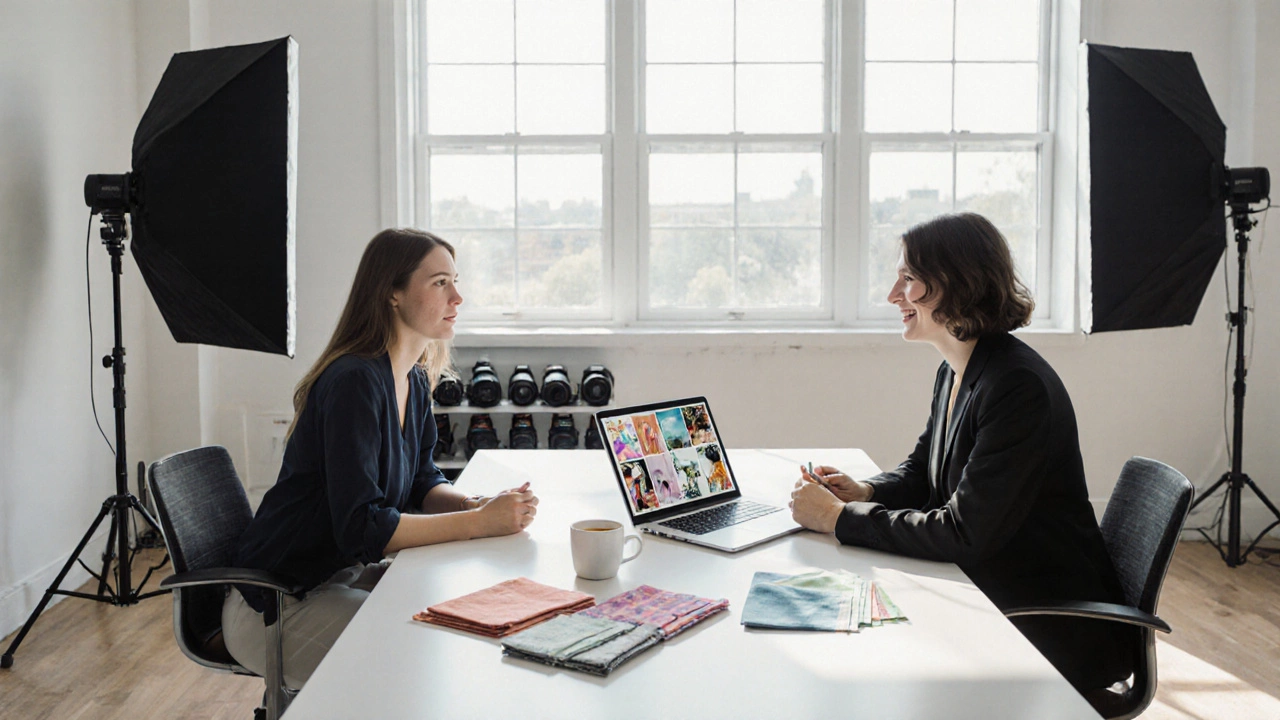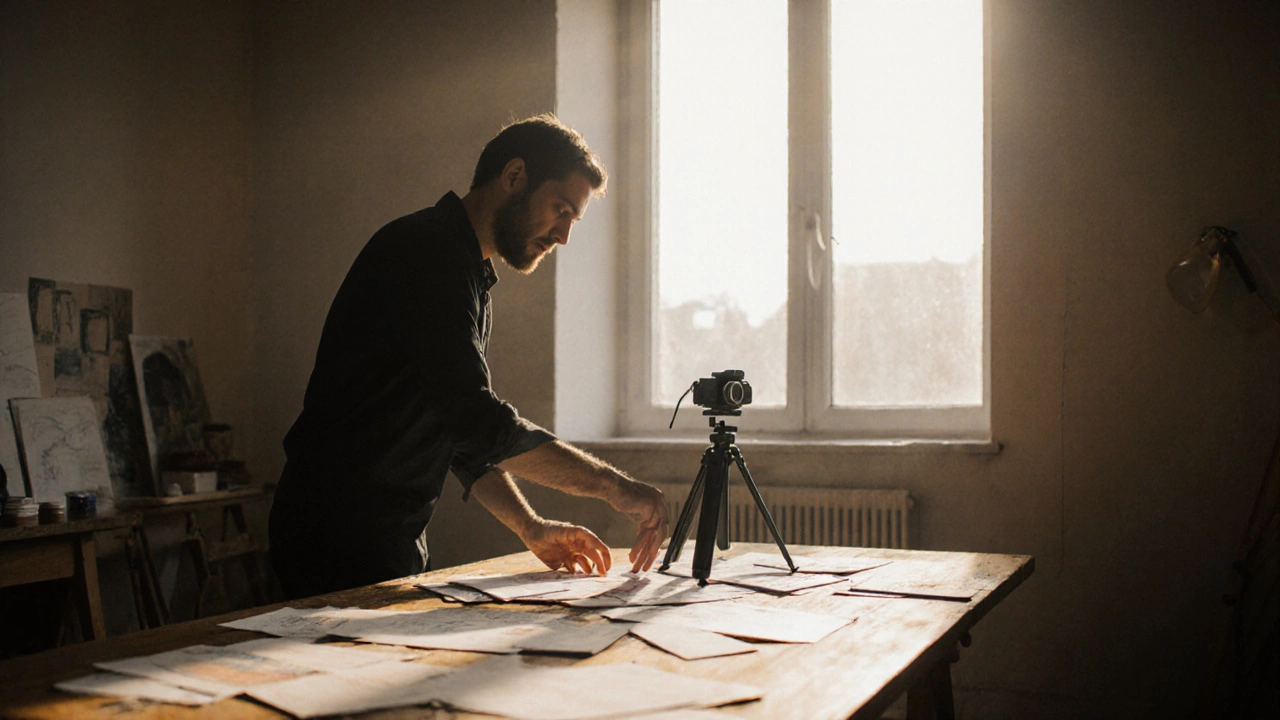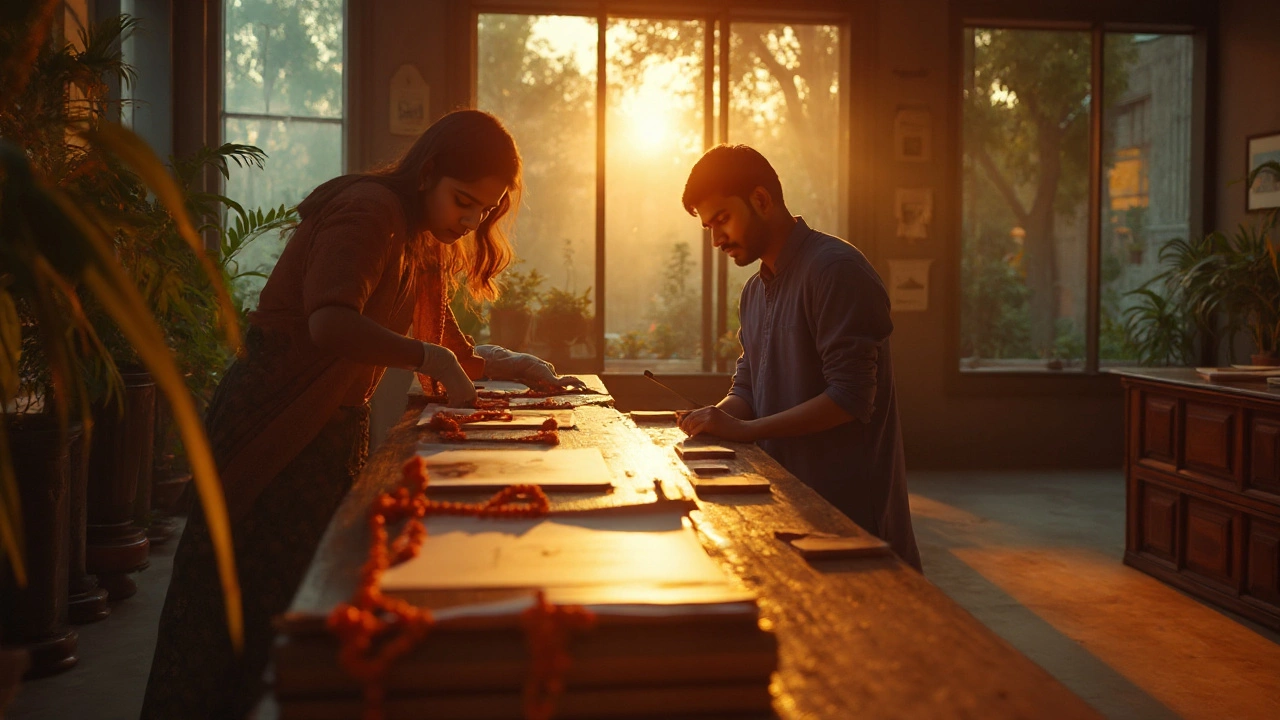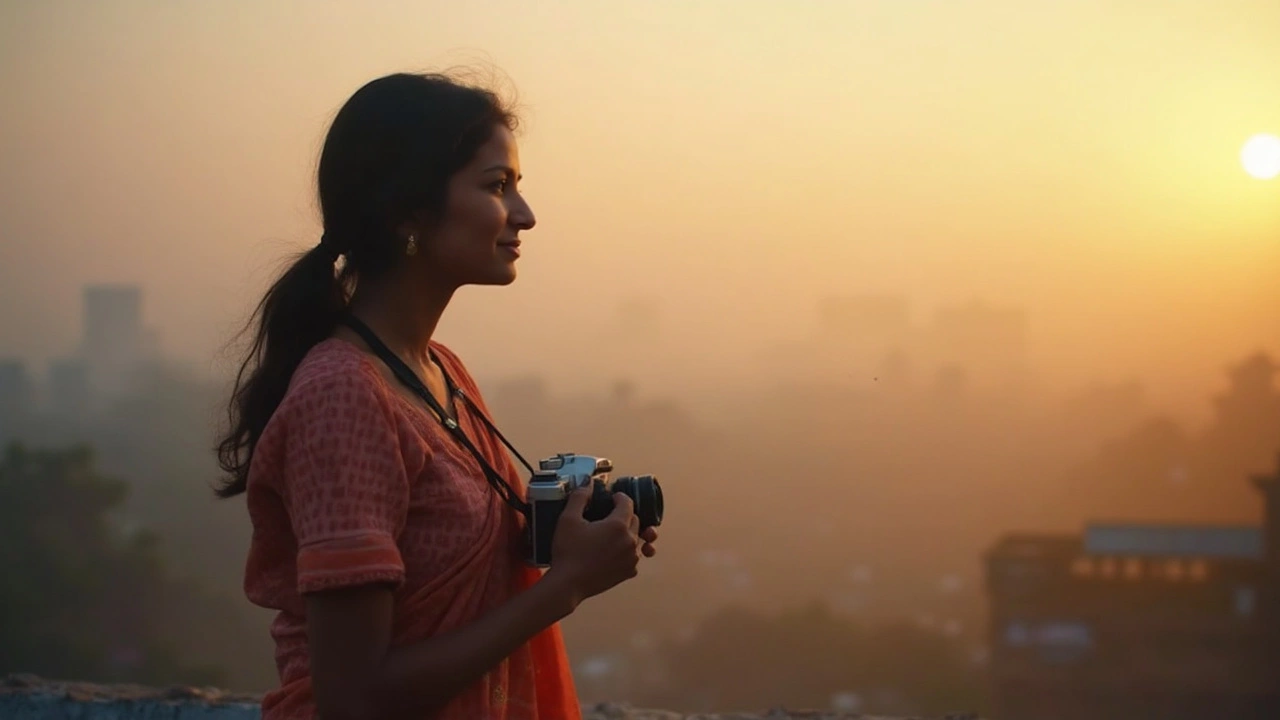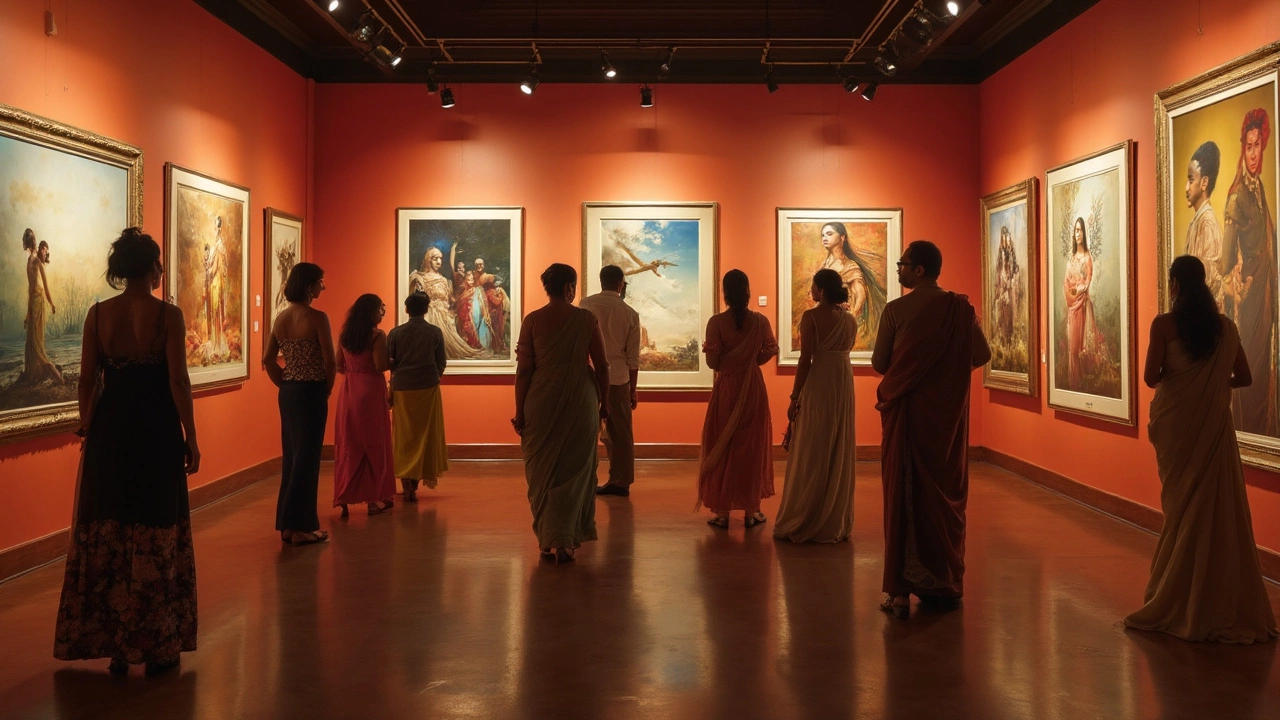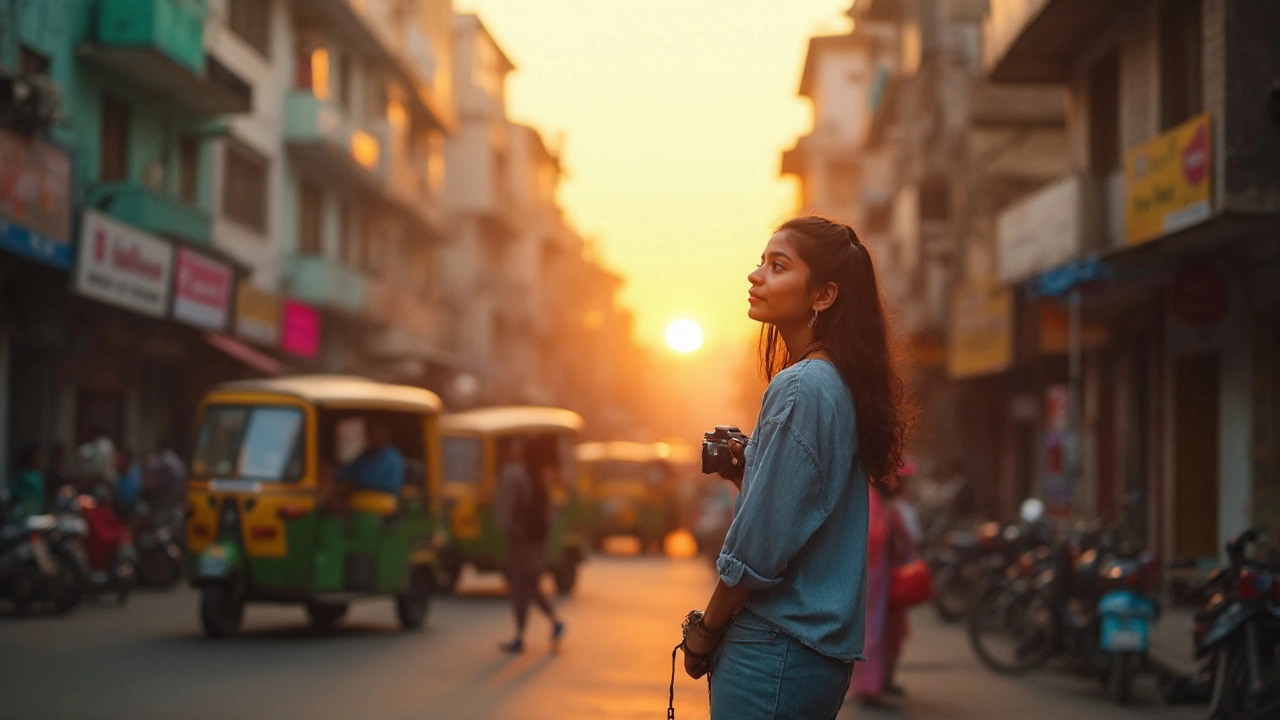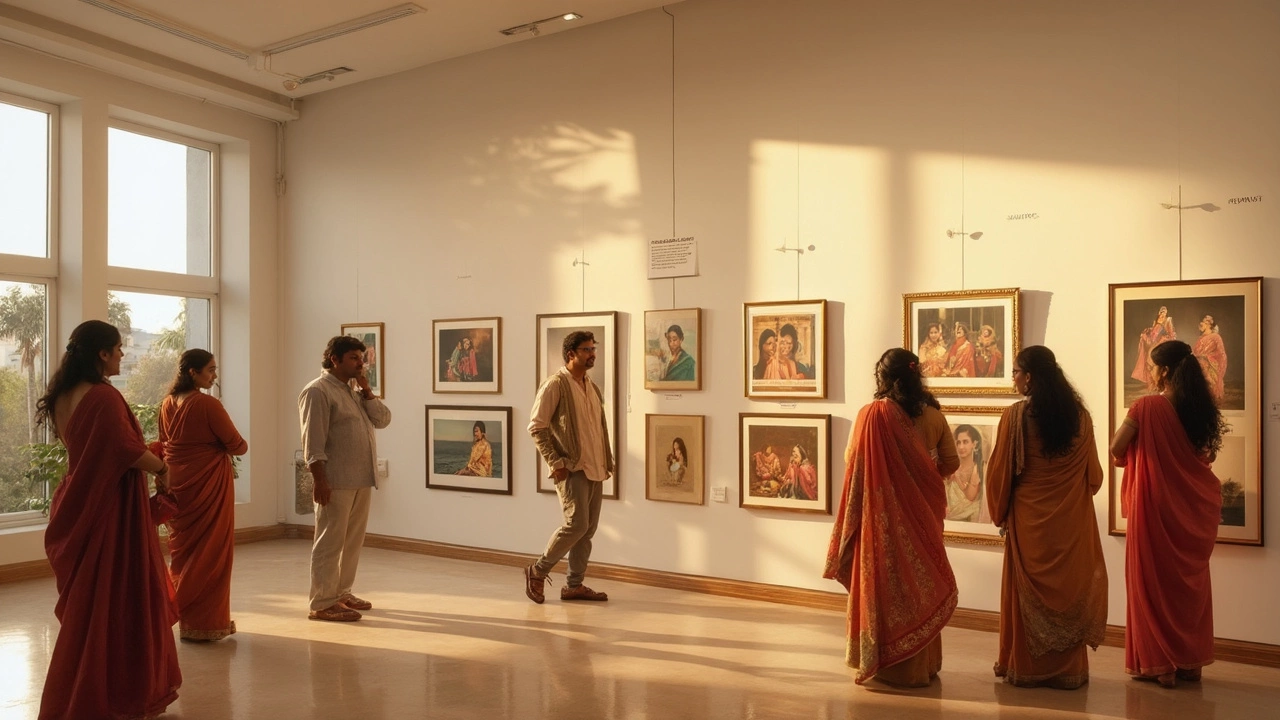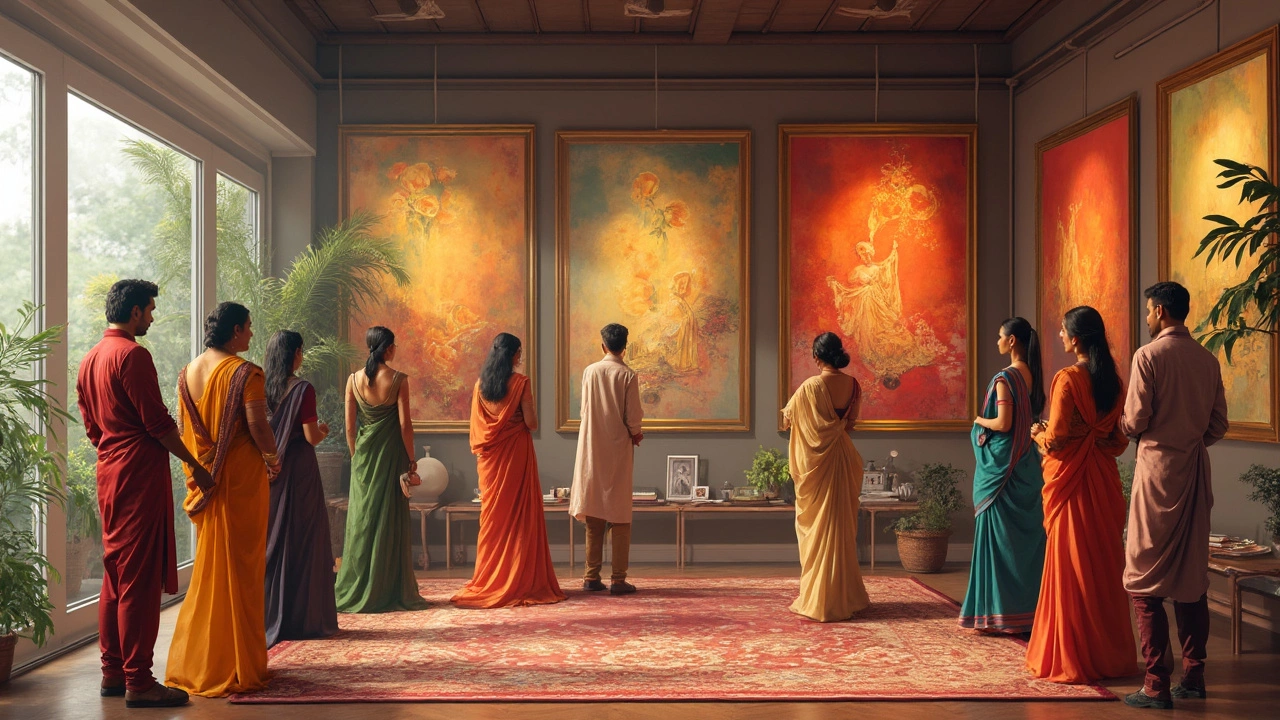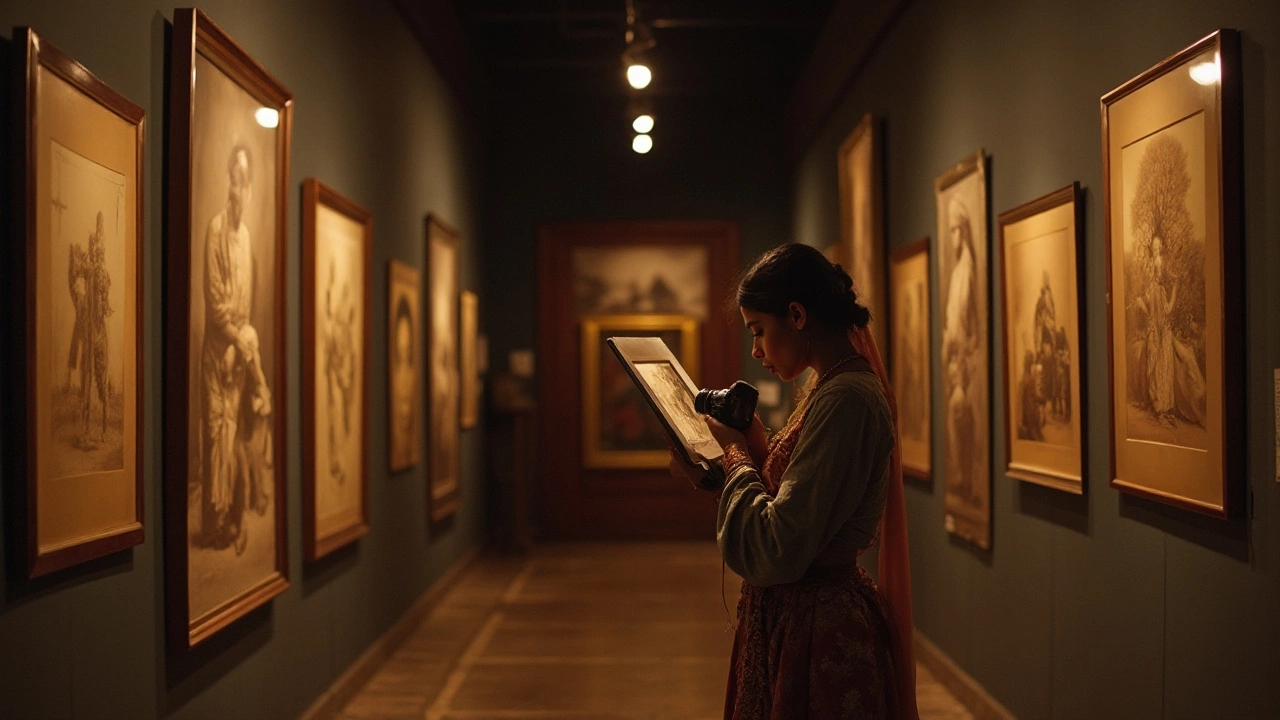Fine Art Photography: Practical Guides for Creators
Ever wondered why some photos feel like paintings while others look like snapshots? The difference is fine art photography. It’s not just about having a fancy camera; it’s about turning a picture into a statement. Below you’ll find straight‑forward tips that help you move from clicking to creating art that sells and inspires.
What Makes a Photo Fine Art?
First, think of a story. A fine art photo should say something – an emotion, a concept, or a mood. Ask yourself, “What do I want the viewer to feel?” If the answer is clear, you already have a direction. Next, focus on composition. Use lines, shapes, and negative space to guide the eye. Simple rules like the rule of thirds work, but don’t be afraid to break them for impact.
Lighting is another game‑changer. Soft morning light, dramatic sunset glow, or controlled studio light can all set the tone. Experiment with shadows; they add depth and mystery. Finally, choose a medium that supports your vision. Black‑and‑white can highlight texture, while a rich color palette can evoke nostalgia.
How to Turn Your Shots into Fine Art
Start by developing a personal style. Browse galleries, note what draws you in, then try to replicate that feeling in your own work. Keep a sketchbook of ideas – even quick doodles help you plan a photo series later.
When you’re ready to edit, treat the process like painting. Adjust contrast, dodge and burn, and experiment with cropping until the image feels balanced. Remember, editing should enhance the story, not distract from it.
Giving your piece a title matters more than you think. A good title adds context and can steer interpretation. Combine a descriptive word with an emotional cue – think “Silent River” instead of just “River”.
Now think about getting your work out there. Build a small portfolio that shows range but stays cohesive. Upload to platforms that cater to art buyers, such as curated galleries or niche social groups. When you share, write a short caption that explains the concept – buyers love insight.
If you aim to earn, treat each photo like a product. Decide on limited editions, print sizes, and price points before you shoot. High‑quality prints on fine paper or canvas usually fetch better prices than digital files alone.
Networking still matters. Attend local gallery openings, join photography clubs, and connect with curators online. A quick introduction and a link to your portfolio can open doors to exhibitions or commissions.
Finally, keep learning. Study the pioneers – Alfred Stieglitz, Ansel Adams, and contemporary artists who blend photography with digital art. Their journeys show that fine art photography evolves, but the core – telling a story with a camera – never changes.
So, grab your camera, pick a compelling idea, and start turning everyday scenes into fine art. The more you practice, the clearer your voice will become, and the easier it will be to share that voice with the world.
